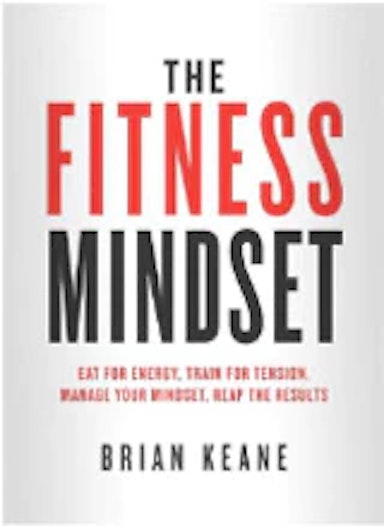The Pitfalls of Relying Solely on Short-Form Videos for Fitness Personal Trainers
- By Brian Keane
In the ever-evolving world of digital marketing, fitness personal trainers are presented with numerous opportunities to promote their expertise and expand their client base. Among the various platforms available, short-form videos have gained immense popularity. While these videos can serve as great ‘taster content,’ it is crucial for fitness trainers to recognize the limitations of relying solely on this medium. In this blog post, we will delve into why using short-form videos alone as a growth strategy can be detrimental and discuss the importance of redirecting potential clients to trust-building sources such as podcasts, YouTube videos, or blogs.
1. Capturing Attention vs. Building Trust:
Short-form videos, typically lasting from a few seconds to a couple of minutes, excel in capturing attention and promoting bite-sized information. However, the limited duration restricts the depth and reliability of the content shared. Building trust with potential clients is crucial to establish credibility and showcase extensive knowledge, which is better achieved through long-form mediums like podcasts, YouTube videos, or blogs. These platforms offer a more comprehensive and in-depth approach to addressing fitness concerns and building a relationship with prospective clients.
2. The Danger of Oversimplification:
While short videos can effectively communicate quick tips and basic exercise routines, complex fitness concepts often require further explanation to be truly valuable. Relying solely on short-form videos risks oversimplifying information, potentially leading to misunderstandings or even injury. As personal trainers, it is our responsibility to educate clients thoroughly, and this is better accomplished through mediums that allow a more detailed exploration of the subject matter.
3. Limited Context and Individualized Attention:
Fitness is an individual journey, where personalized attention can significantly impact the success of a training program. Short-form videos lack the ability to provide tailored recommendations or consider the specific needs, limitations, or goals of each client. Podcasts, YouTube videos, or blogs, on the other hand, offer trainers the opportunity to delve deeper into personalized discussions, providing context and guidance that directly caters to individual needs. This approach not only enhances the client experience but also builds trust and fosters long-term relationships.
4. Overcoming the Short Attention Span Syndrome:
In today’s fast-paced digital environment, attention spans are shrinking, and users are more likely to skim through short-form content without absorbing its complete value. Redirecting clients to long-form sources allows them to engage in more focused and meaningful ways. For instance, a podcast provides a platform for trainers to share stories, insights, and interviews, fostering a stronger connection with the listener. Similarly, YouTube videos and blogs allow for detailed explanations, step-by-step instructions, and visual aids that enhance comprehension and engagement.
Conclusion
While short-form videos serve as great introductory snippets and can catch the attention of potential clients, they should not be the sole approach fitness personal trainers rely on when growing their business. By redirecting individuals to more comprehensive platforms like podcasts, YouTube videos, or blogs, trainers can establish trust, build deeper connections, and foster a better understanding of individual fitness goals and needs. In this digital age, it is imperative for trainers to leverage various mediums strategically to not only expand their client base but also create lasting relationships built on expertise, authenticity, and trust.


